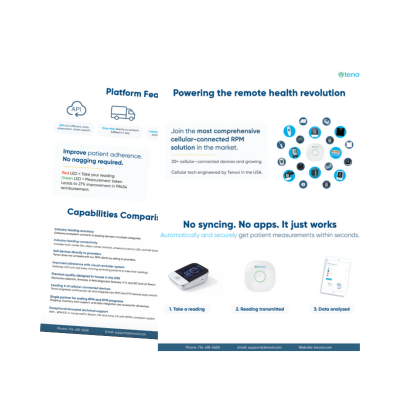Many think about resolutions to improve our health and well-being as the new year begins. One important resolution to consider is establishing care with a primary care physician if you don’t already have one. There are many benefits of having a primary care physician. Here’s why finding a primary care doctor should be on your list for 2025 and how to take steps to find the right provider for your needs.
The Benefits of Having a Primary Care Physician
A primary care physician (PCP) is a doctor who provides comprehensive, long-term healthcare and serves as your main point of contact for medical concerns. Having an established relationship with a PCP offers many advantages. Some key benefits of having a primary care physician are outlined below.
Ongoing Preventive Care
A PCP helps guide recommended health screenings, immunizations, and lifestyle modifications to keep you healthy. They track your medical history, medications, and risk factors, ensuring a personalized approach to your care. Regular check-ups with a PCP can help detect potential health issues early, reducing the risk of serious complications.
Care Coordination
Your PCP coordinates any specialty care you need, following up on test results and integrating the input from specialists into your overall care plan. This coordination ensures all healthcare providers involved in your treatment are aligned, leading to more effective and efficient medical care.
Management of Chronic Conditions
If you have chronic health conditions like diabetes, hypertension, heart disease, or asthma, a PCP provides effective long-term management. They monitor your condition, order necessary tests, adjust medications, and offer guidance on lifestyle changes that can improve your health outcomes. Studies show that patients with chronic conditions who have a dedicated PCP experience fewer hospitalizations and better overall health.
Accessible and Cost-Effective Care
A PCP is your first point of contact for non-emergency health concerns. By addressing issues early, they can help prevent costly emergency room visits and hospitalizations. Many insurance plans also have lower co-pays for PCP visits compared to specialist visits, making primary care a cost-effective healthcare choice.
Doctor Familiarity and Trust
Seeing the same PCP over time allows you to establish a trusted relationship. This continuity of care fosters better communication and increases comfort in discussing sensitive health issues. Your PCP understands your medical history, lifestyle, and preferences, enabling them to provide personalized advice and treatment.
How To Find a Primary Care Physician
If establishing primary care is on your priority list for 2025, here are some tips to find a PCP who is convenient for you and suits your needs:
- Check Insurance Coverage: Review your health insurance plan to see which providers are covered and whether referrals are required.
- Consider Location and Office Hours: Ensure the provider’s office is in a convenient location with hours that fit your schedule.
- Research Online Reviews: Websites like Healthgrades, Vitals, and Zocdoc provide patient reviews and insights into a doctor’s communication style and expertise.
- Ask for Recommendations: Family, friends, and coworkers can offer personal insights and suggestions based on their experiences.
- Schedule an Initial Appointment: A first visit allows you to assess whether you feel comfortable with the PCP’s approach and communication style.
Key Points in Choosing a Primary Care Physician in 2025
Many primary care practices now offer telehealth visits, allowing patients to consult with their PCP via phone or video calls. This is particularly useful for minor illnesses, prescription refills, lab result reviews, and preventive health counseling. Research indicates that integrating telehealth into primary care leads to improved patient satisfaction and better health outcomes.
Some PCPs use remote monitoring technology to track chronic conditions in real-time. These may include:
- Wireless blood pressure monitors
- Digital glucometers for diabetes management
- Smartwatch monitors
- Smart scales for weight monitoring
- Medication adherence tools
These tools enable proactive condition management, reducing complications and improving long-term health outcomes.
Whole-Person Approach
Modern primary care is shifting toward a whole-person approach, emphasizing mental health, nutrition, and preventive strategies alongside traditional medical care. Many PCPs now integrate behavioral health specialists, dietitians, and wellness coaching into their practices to support holistic health.
As we enter a new year, prioritizing your health by finding a compassionate and comprehensive PCP can serve as a foundation for your overall well-being. Leveraging telehealth and remote monitoring tools can further strengthen this relationship, empowering you to take charge of your health in 2025 and beyond.


